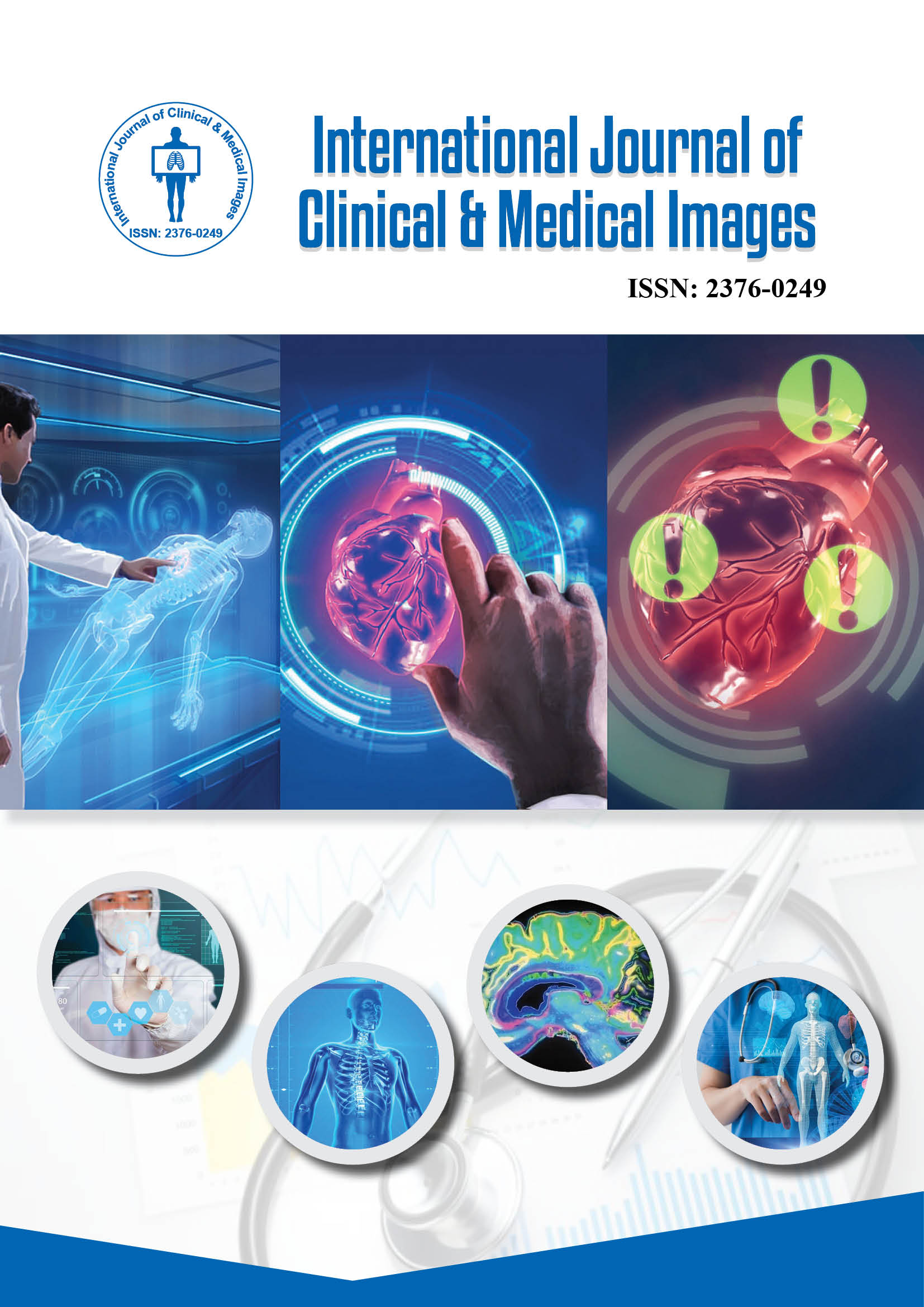2376-0249
Editorial - International Journal of Clinical & Medical Images (2025) Volume 12, Issue 2
Author(s): Kuncan Mahobiya
The integration of image-based learning into medical education has transformed the way healthcare professionals acquire knowledge and develop diagnostic expertise. Medicine is inherently visual, relying on the recognition of patterns, anatomical structures and pathological changes to make accurate clinical decisions. Traditional learning methods, which often emphasize text-based study and didactic lectures, are increasingly supplemented by high-quality clinical and radiographic images that provide learners with realistic, contextualized scenarios. This approach not only improves retention and comprehension but also fosters critical thinking, pattern recognition and clinical reasoning skills essential for effective patient care [1].
Visual learning plays a pivotal role in fields such as radiology, pathology, dermatology, surgery and internal medicine, where the interpretation of images is integral to diagnosis. By studying radiographs, Computed Tomography (CT) scans, magnetic resonance imaging (MRI) and ultrasound images, students and clinicians learn to identify normal anatomy and distinguish subtle pathological changes. For example, differentiating between benign and malignant lesions, recognizing early signs of fractures, or detecting abnormalities in organ morphology requires the ability to correlate imaging findings with clinical presentation. Image-based learning thus bridges the gap between theoretical knowledge and practical application, allowing learners to contextualize medical concepts in real-world scenarios.
Artificial Intelligence (AI) is increasingly augmenting image-based learning by providing automated annotation, highlighting subtle findings and suggesting differential diagnoses. AI-driven platforms can adapt to a learnerâ??s skill level, offer targeted exercises and provide instant feedback, creating a personalized educational experience. By combining human expertise with AI assistance, learners can accelerate their mastery of complex imaging interpretation, preparing them for real-world clinical challenges [2].
In conclusion, image-based learning is a transformative tool in medical education, enhancing clinical acumen by merging visual recognition with cognitive reasoning. By integrating radiographic, clinical and interactive images into curricula, learners develop critical skills in diagnosis, treatment planning and patient management. As digital technologies and AI continue to advance, image-based learning will become increasingly immersive, personalized and essential, equipping healthcare professionals with the visual literacy and clinical insight necessary for high-quality, patient-centered care.
Medical Education, Image-based Learning, Clinical Diagnostics
None.
None.
Google Scholar Cross Ref Indexed at
 Awards Nomination
Awards Nomination

